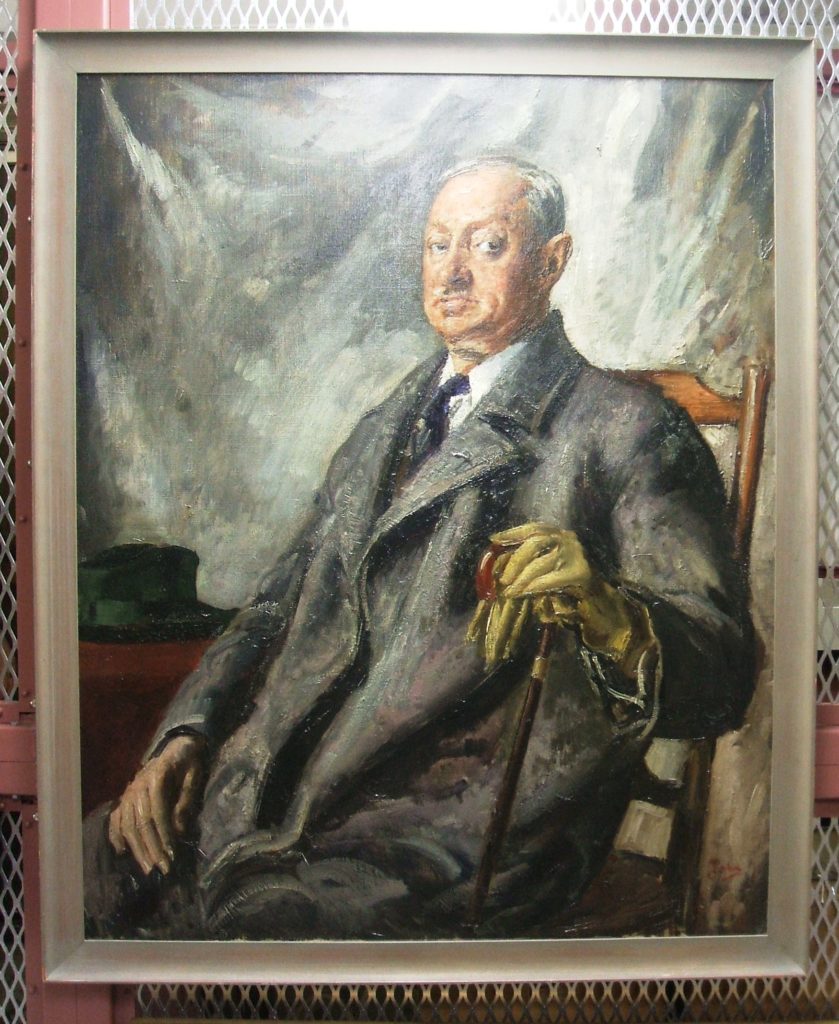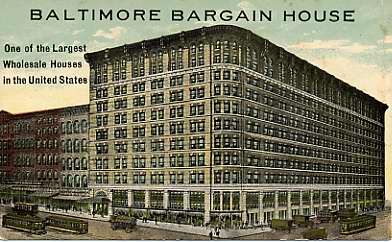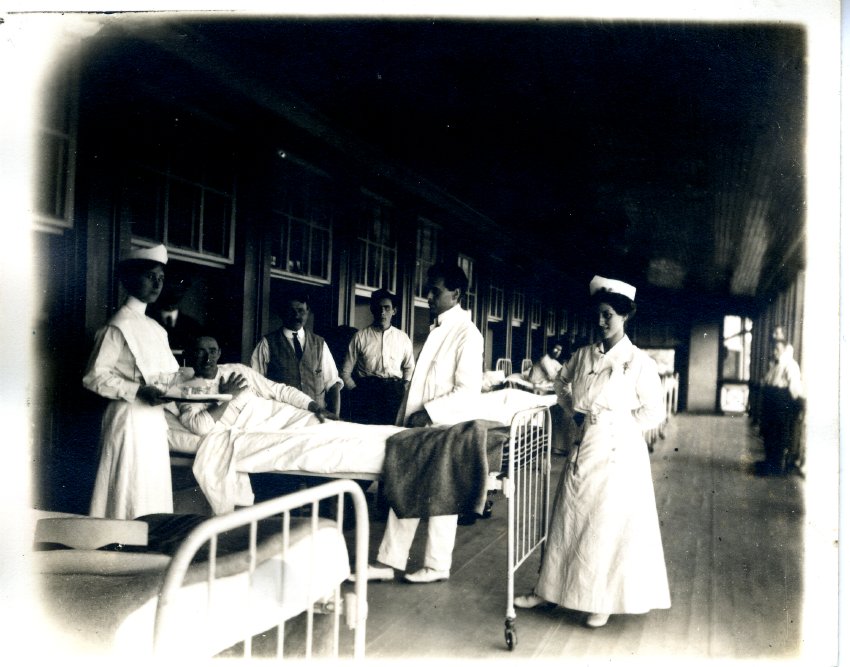Jacob Epstein of Baltimore


Rafael Wirtschafter is interning (remotely) with Development and Marketing Manager Rachel Kassman. He will be blogging for JMM once a week and sharing his research and progress throughout the spring semester. To read past posts from JMM interns, click here.
A Google search for Jacob Epstein will lead you to a talented and prolific British sculptor of the 2oth century whose art was attractive but grotesque, both the revered and the taboo merging in bronze. This is not our Jacob Epstein.
A search of the artist’s name in the collections of the Baltimore Museum of Art (which is not our museum) will lead you to a tiny picture of a sizable bronze bust of 20 inches by 12 inches of a man referred to as “Jacob Epstein of Baltimore.” This is an entirely different man, a wealthy Jewish Baltimorean who presumably commissioned this bust by the more famous Epstein in what I must assume was something of a little joke. It is that second Jacob Epstein whose life I intend to investigate.
Jacob Epstein was not always “of Baltimore.” Born in Tauroggen, Lithuania in 1864, Epstein immigrated to New York in 1879 at 15 and moved to Baltimore two years later in 1881. Like many Jews in his time, he worked as a peddler before he founded a wholesale business, originally called the Baltimore Bargain House and later renamed the American Wholesale Corporation, in 1881. It was one of the biggest businesses in Baltimore and one of the biggest of its kind in the United States. This business made Jacob Epstein a very wealthy man.

His story is not unique – many Jews in his time, especially from the German-speaking parts of Europe, immigrated to America and became peddlers, opened dry goods stores (often called “the Jew store”) or founded department stores! Many of these businesses became enduring cultural institutions in America, for Jewish and non-Jewish Americans alike. Companies like Sears-Roebuck, Macy’s, and Levi Strauss may come to mind first, but two things stand out to me about Epstein’s relationship to this historical trend.
He was a Litvak, a Lithuanian Jew, putting him in a different social and cultural context that probably would have affected his life in fairly significant ways. The second is that, according to family tradition, he had a lesser-known business in which he loaned pushcarts and merchandise to Jewish immigrants including my ancestors. In this way, he was not only a peddler and “Jew store” owner, but someone who helped others do the same.

He put much of his money to good work. He founded Mount Pleasant, a home for Jews with tuberculosis. He also helped found the Federated Jewish Charities and the United Hebrew Charities as well as Johns Hopkins Homewood Campus and a short-lived baseball team. As a civic leader, Epstein sat on the City of Baltimore’s Public Improvements Commission when Baltimore tripled in size. He collected impressive works of art and helped found the Baltimore Museum of Art, where he sat on the board of directors. In his collection at the BMA, there are the famous statue, The Thinker, several Renaissance paintings of the Virgin Mary and baby Jesus, and, of course, the bust by Sir Jacob Epstein.
